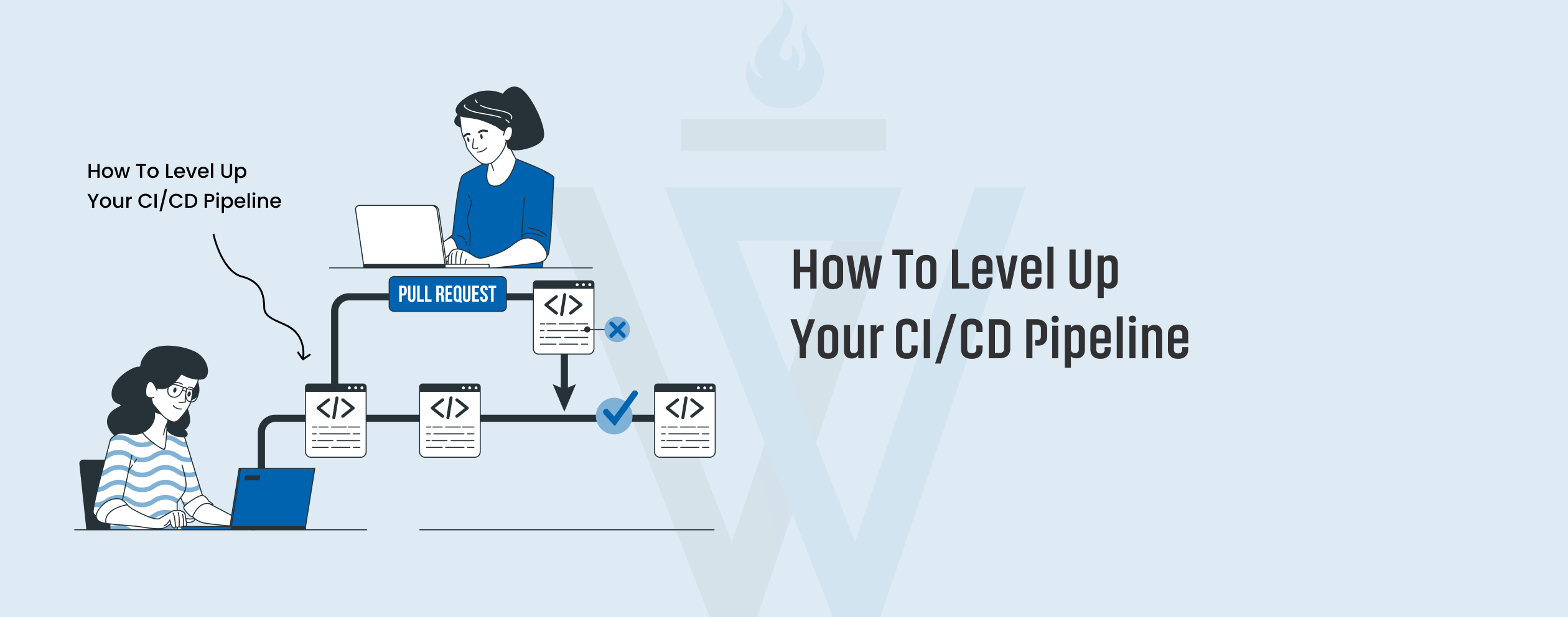
Entry to CI/CD channel: –
In this Technical era, software development, Continuous Integration (CI) and Continuous Delivery (CD) are essential to deliver high-quality and fast software. CI/CD begins the process of integrating code, testing, and deploying software so We Can Use new features and solutions to reach users quickly with maintaining security.
Understanding CI/CD: –
1.Continuous Integration (CI)
CI is a development practice where developers typically integrate their code into a shared repository. Each integration is automatically checked and tested to identify integration errors as quickly as possible. This practice helps teams detect issues early, improve collaboration, and maintain a stable code base.
2. Continuous Deployment (CD)
CD initiates the release process by allowing code changes to be pushed to production after passing pre-determined tests and checks. This ensures that the program is always in use and can be available to users at any time with minimal manual intervention.
Benefits of CI/CD: –
Faster time to market: Integration and deployment processes reduce the time required to introduce new products and fix bugs.
Improve code quality: Automated testing detects problems early and ensures only high-quality code is included in major branches.
Improved Collaboration: CI/CD encourages collaboration between teams by providing shared code bases and automatic feedback on code changes.
Risk Mitigation: Frequent deployments reduce the risk of major releases, are prone to bugs, and are easier to identify and resolve.
Setting up a CI/CD network with GitHub projects
GitHub Projects is a powerful CI/CD tool integrated into GitHub that allows you to build your projects directly from your repository.
Step 1: Create a database
First, create a new repository for your project in GitHub.
Step 2: Add the work file
Create a folder named github/goodwork in your directory and add the YAML file (e.g. G., ci-CD channel. yml). This file defines the steps of your CI/CD network.
This sample task does the following:-
Triggers: A workflow that pushes events to the master branch and pulls them back to the master branch.
– Check Code: Check store code.
– Install PHP: Install PHP 8.0.
– Install the framework: Deploy a project with Composer.
– Run Tests: Run tests using Laravel’s built-in tools.
Step 3: Replace transmission You can add a vacancy to a vacancy to respond to your application. For example, if you are using GitHub pages on a static website:
Runs on Ubuntu: Uses Ubuntu to run.
Requirements: Wait for the construction job to be completed successfully.
Check Code: Double check the store code.
Push to GitHub Page: Push the contents of a public repository to a GitHub page.
Step 4: Carry your secrets with you Store all sensitive information, such as
API keys or deployment credentials, in the GitHub repository. Go to your database and add the required passwords under “Passwords and changes”.
Monitoring and maintenance: – Once your CI/CD network is established, it is important to monitor its performance and maintain it regularly:
– Build Monitor: Monitor your builds after they are shipped to ensure they are running smoothly.
– Essential Updates: Keep your essentials up to date to avoid security issues and use new features.
– Modify performance: Monitor and modify your network regularly to reduce compile time and improve performance.
– Establishing a CI/CD network is crucial to modern software development. It initiates the process of integrating, testing, and deploying code changes, ensuring fast and reliable releases. Using tools like GitHub Actions, you can easily create and maintain a CI/CD network that streamlines your development process and helps deliver better software to your users.

